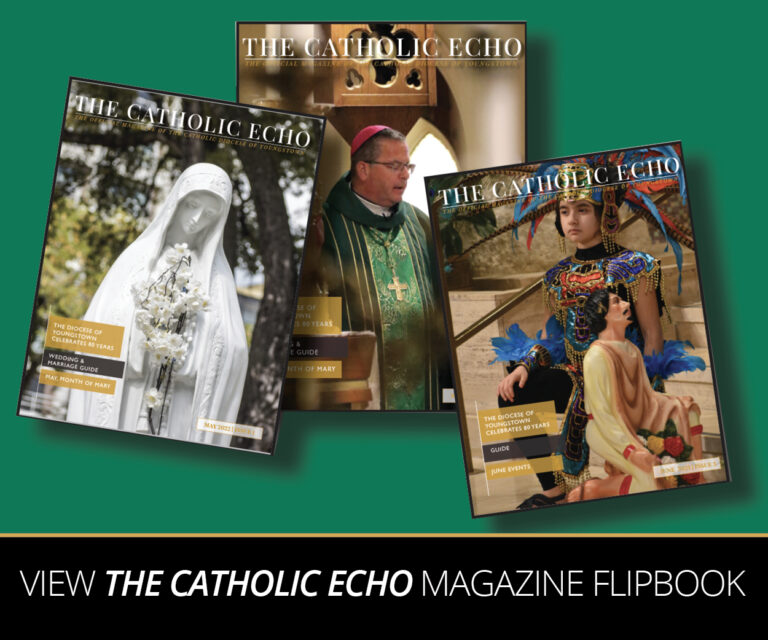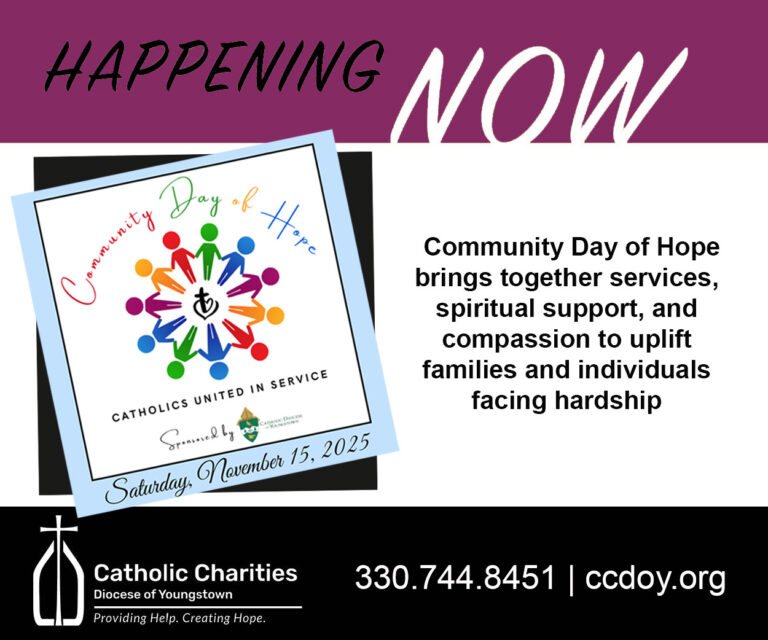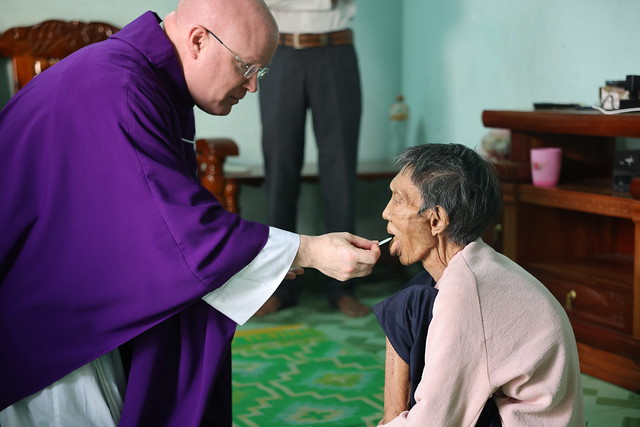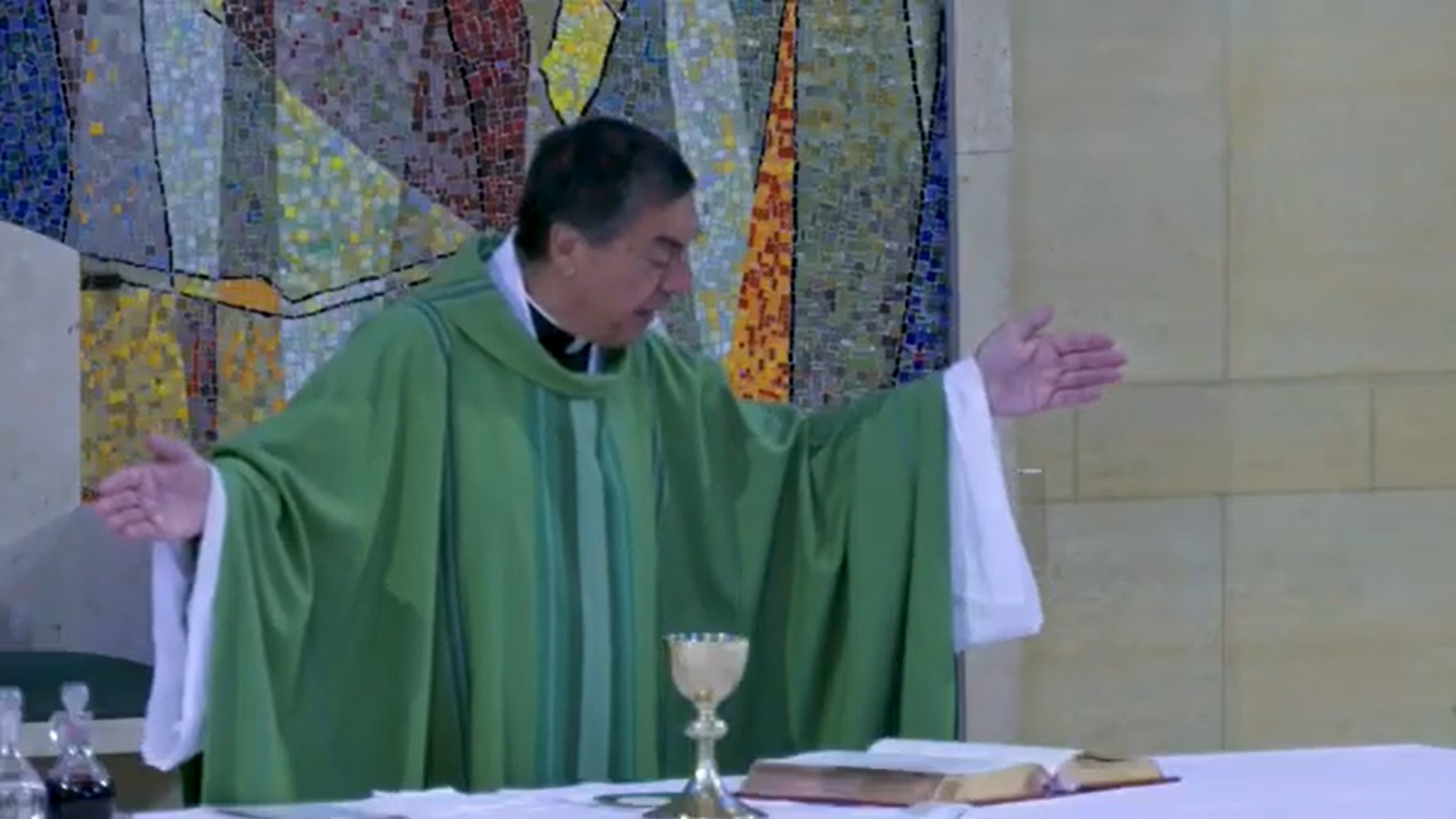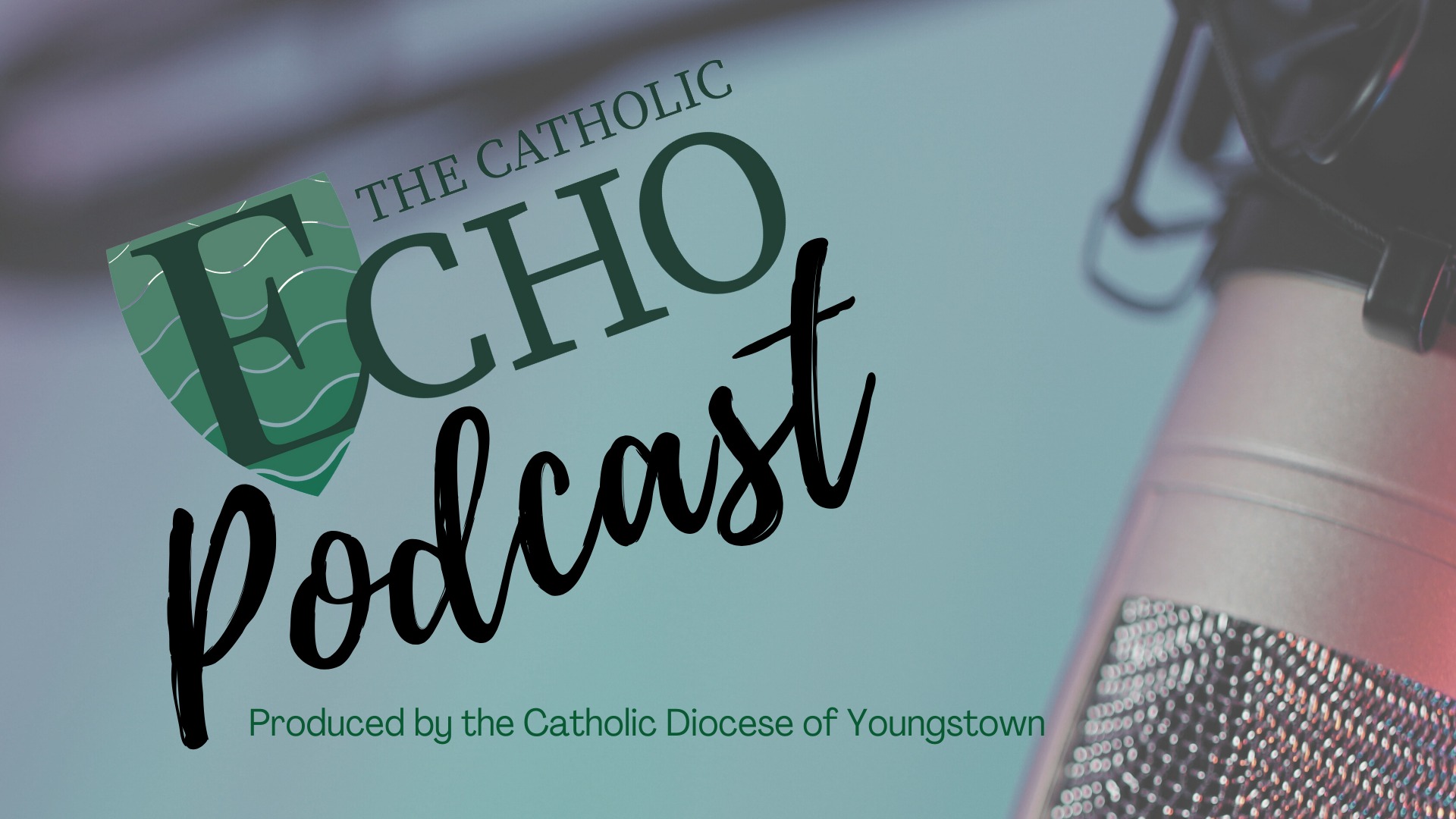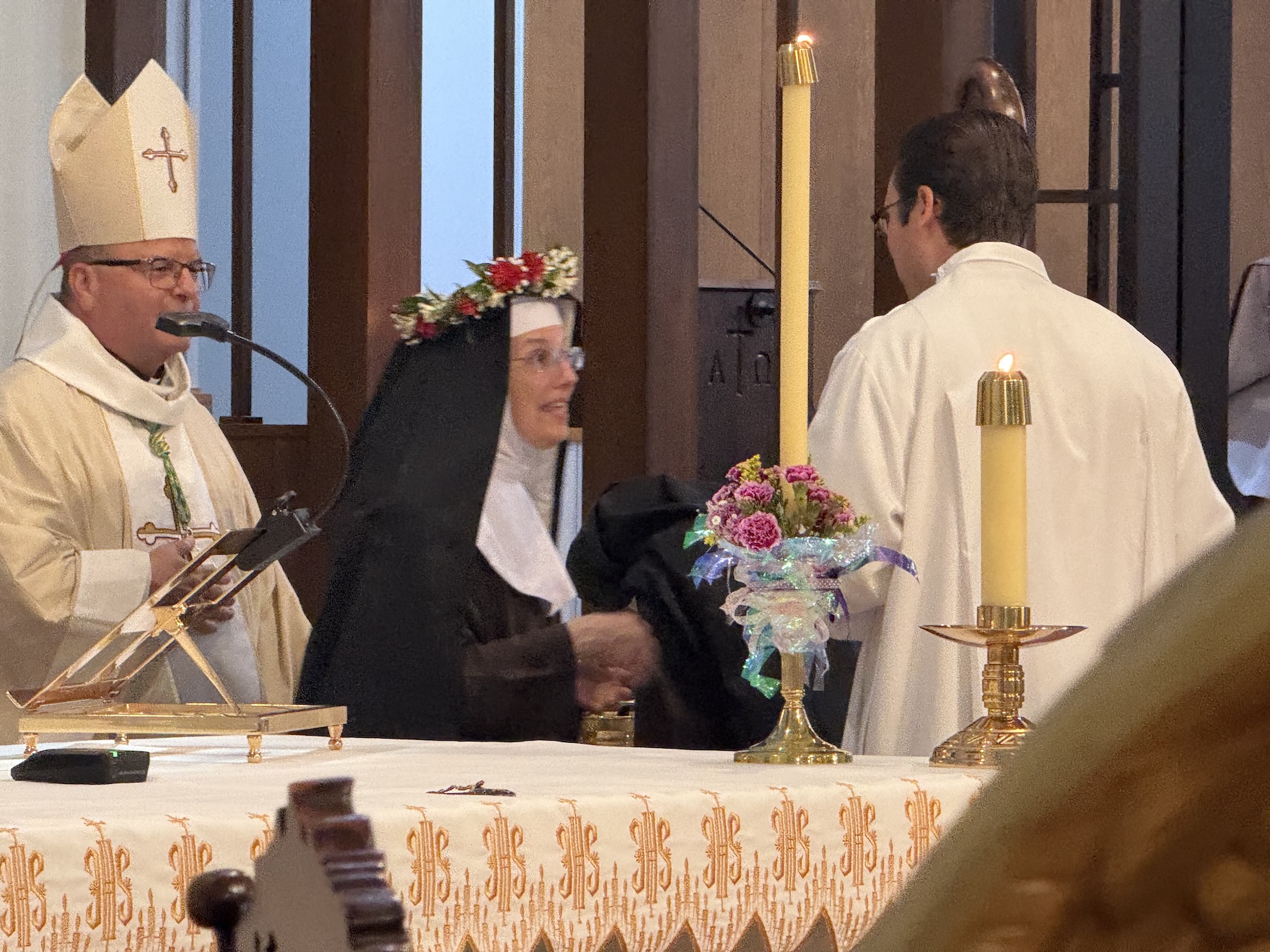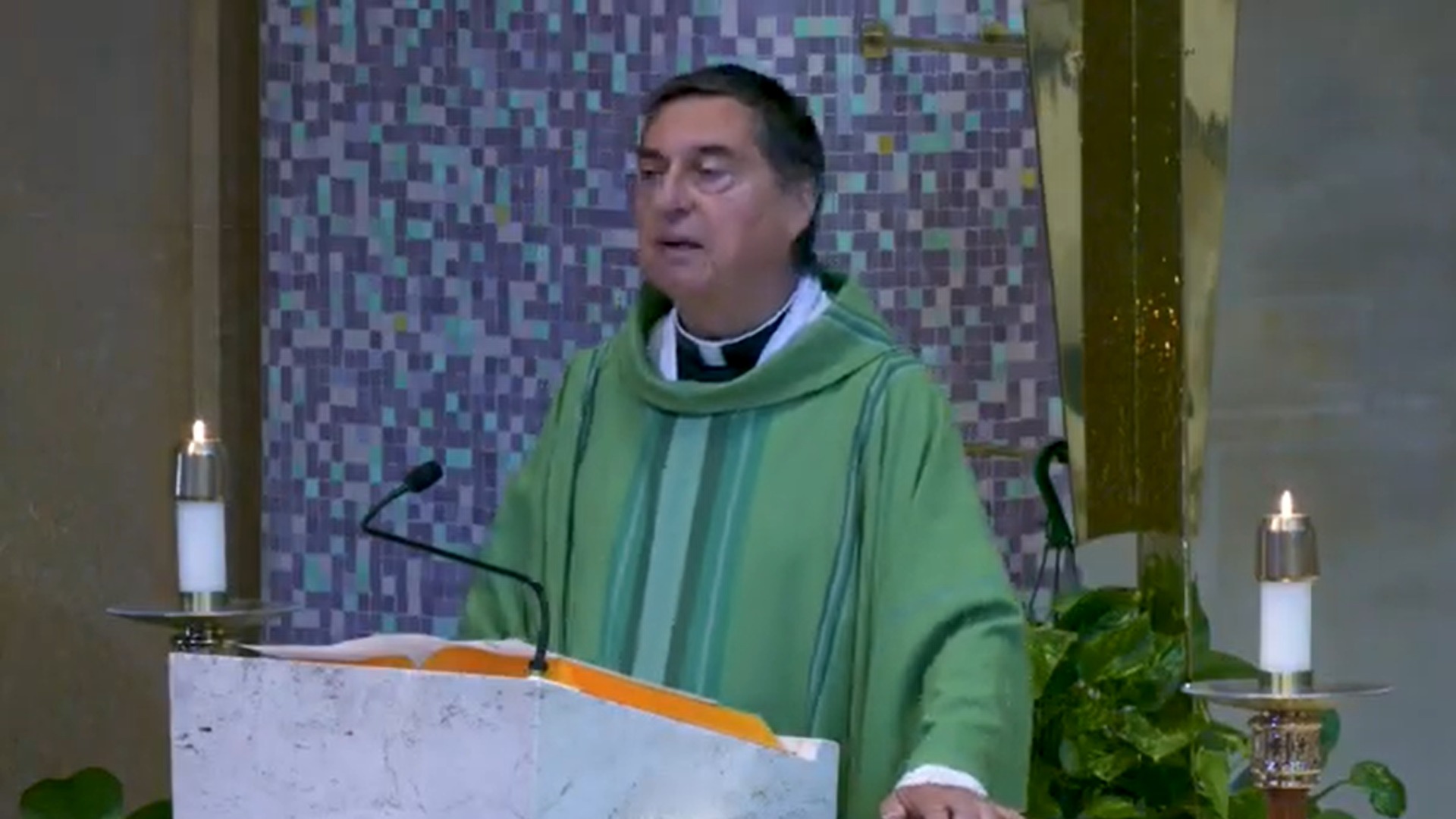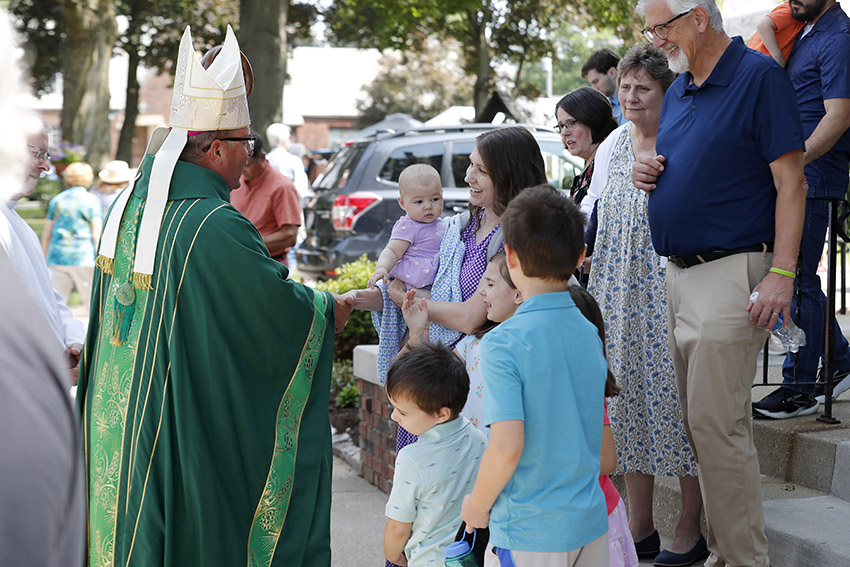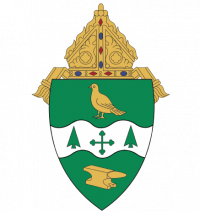
The Jesuits, the Piarists, the De La Salle Brothers, the Ursuline Sisters—these are just a few of the dozens of religious orders that are either explicitly devoted to education or place a strong emphasis on it. The Piarists are the earliest order dedicated to education specifically, but religious orders have had a huge impact on education around the world—the Jesuits alone have more than 1,000 schools and universities in over 100 countries.
It’s hard to overstate just how influential Catholicism has been in education, but why not just one order? Why have so many chosen to focus on education?
The short answer is that many of these religious orders intended to tackle distinct areas of need throughout the world. For example, the Piarists were specifically founded to offer free and accessible education to children living in poverty, while the Benedictines only became more involved in education over time. They were originally founded to be a monastic order, withdrawing from the moral and intellectual decline caused by the collapse of the Roman empire. However, because of their preservation of classical texts—which were rare at the time—as well as their production of Bibles, Benedictine monasteries became focal points of education during the Dark Ages. These monasteries eventually formed the basis for the first universities in Europe.
The Benedictines provide a good example of why education became so important for Catholicism over the centuries. The traditional slogan of the order, Ora et labora—“Pray and work”—formed the foundation of the Benedictines. The two activities went hand-in-hand, as the rule of Saint Benedict describes “idleness” as the “enemy of the soul.” Thus, work—either manual or intellectual—became deeply ingrained in the spiritual life of the Benedictines. Indeed, work became a form of prayer for the monastics, and rigorous intellectual pursuits were undertaken as a means of spiritual purity and to pursue God. In other words, anything could be seen as a form of worship if it was done in devotion to God.
While the Benedictine’s embrace of education was gradual, the Jesuits embraced it as part of a missionary strategy. The Jesuits refined the purpose of education further in the 16th century, with an understanding that there was a need to provide a formation of the “whole person”—meaning morally, spiritually and socially, in addition to intellectual development. The Jesuits understood that to be effective missionaries, they needed priests who were not only intellectually capable of preaching across the globe, but also fundamentally committed to enacting justice wherever they served.
The Jesuits are sometimes referred to as “God’s marines,” which shows that they were not only meant to convert people, but to establish “forward operating bases” for further missionary work. This meant that they established schools for Christian movements in foreign countries, cultivating individuals who would bring Christ into their work in government, law, education and the arts. Jesuits are often referred to as “hyphenated priests,” in the sense that they combine priestliness with other activities, like priest-scientists, priest-diplomats and yes, priest-educators.
Here in the Diocese of Youngstown, religious orders became the backbone of Catholic education across our six counties, with Ursuline Sisters, Notre Dame Sisters, Oblate Sisters, Humility of Mary Sisters and many more serving in our parishes and schools —even before many of them were formally established.
“Formation” is a word that succinctly encapsulates the reason religious orders have education as part of their charism. Education is merely part of the formation of a Christian. And what is Catholic life, if not an education in the Way, the Truth and the Life of Jesus Christ?
